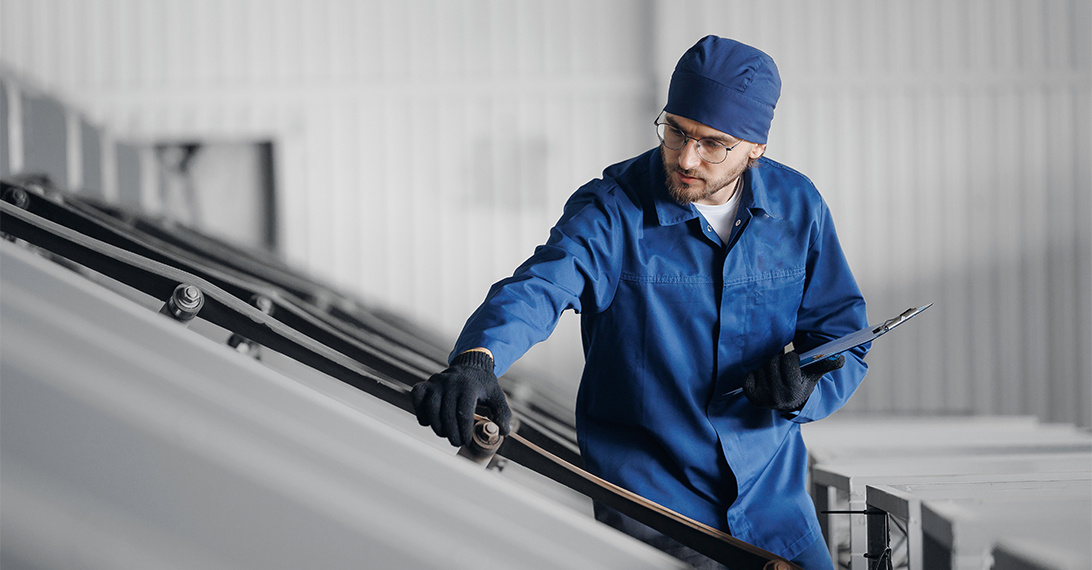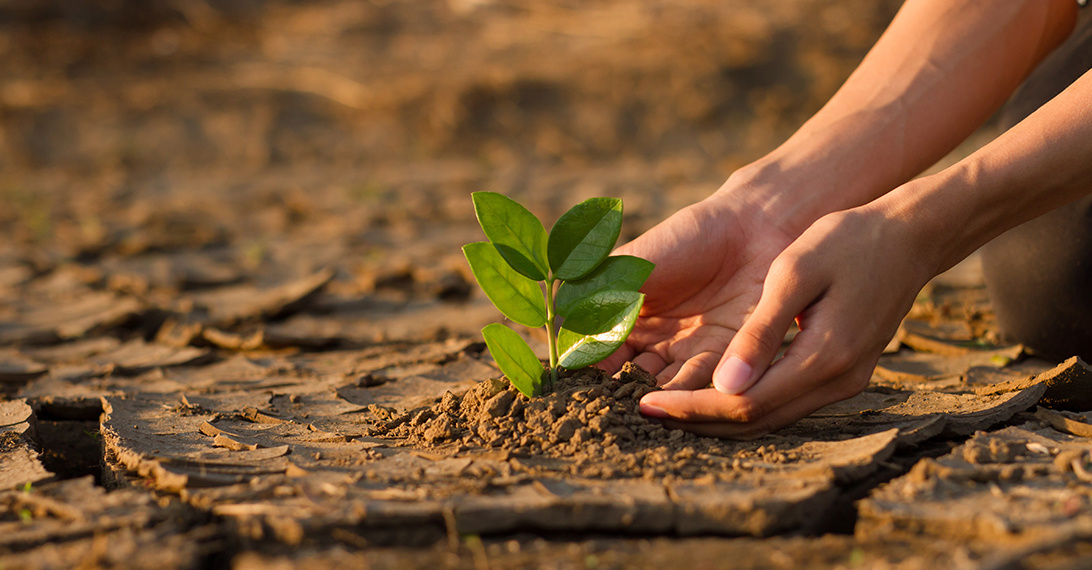Life Cycle Assessment (LCA) and Product Carbon Footprint (PCF) analyses have become increasingly prevalent in global supply chains as businesses strive for increasing product stewardship. Through these tools, businesses can get accurate insights into the environmental footprint of products, and identify areas for improvement.
Introduction
Carbon management and measurement is important for businesses aiming to take responsibility for their environmental impact. It involves measuring Scope 1, 2, and 3 emissions, implementing strategies to reduce or avoid them, and offsetting them when necessary. The knowledge of carbon management and measurement is necessary for the sustainable growth of a business, and regulatory compliance. This blog explores the concepts of Life Cycle Assessments (LCA) and Product Carbon Footprint (PCF). LCA is a holistic evaluation of a product's environmental impact throughout its life cycle, from raw material extraction to disposal. In contrast, PCF focuses specifically on the total greenhouse gases (GHG) emitted by products. Having a strong grasp over these tools allows companies to achieve their carbon management and sustainability goals successfully.
What is a Life Cycle Assessment (LCA)?
The term Life Cycle Assessment is fairly self-explanatory. It is an analytical process used to assess the environmental footprint and human health impact of a product through every phase of its life. From the raw material extraction for the product's manufacturing, followed by distribution, use, and disposal, all these stages are examined by the LCA. The goal of LCA is not just to gather data, but to aid in decision-making. It is always designed with a specific objective, such as enhancing the sustainability of a product.
The five stages that LCA considers:
- Raw material extraction: Gathering the necessary raw materials needed for the product.
- Production: Manufacturing of the product from these raw materials.
- Distribution: Transporting the finished product to different locations for sale and consumption.
- Use: The period during which consumers use this product.
- Disposal: The last and final stage that involves disposal or recycling.
Businesses conduct an LCA using three main approaches, each offering a different level of insight into the environmental impact of a product.
- Cradle-to-gate approach: This approach measures the environmental impact of the initial stages of the product's life cycle, from raw material extraction to the manufacturer's gate. Data is collected in order to gain insights into the initial stages like raw material extraction, transportation, and production. The assessment stops before the finished product leaves the manufacturing plant. It is also one of the simplest and least expensive approaches to understanding a product’s footprint.
- Cradle-to-grave approach: This approach encompasses the entire life journey of a product, from raw material extraction (the cradle) to the end of the product's life, including use, maintenance, and disposal (the grave). It is useful because it provides businesses with a complete picture of their product's carbon footprint, enabling them to take active measures to reduce it.
- Cradle-to-cradle approach: Besides focusing on the first step of a product's lifecycle, this approach also includes the phase where the product is recycled or reused, starting a new cycle. It is the most comprehensive assessment, promoting circularity, reuse, and recyclability. Cradle-to-cradle ensures that old products do not go to waste but have their materials repurposed, enhancing material efficiency and reducing waste. This approach conserves resources during production.
Who Needs an LCA? Benefits Of Life Cycle Assessment
Various industries, including food and beverage (F&B) manufacturers, fast-moving consumer goods (FMCG) manufacturers, food retailers, and construction companies, can significantly benefit from conducting a Life Cycle Assessment.
- F&B manufacturers can use LCAs to identify environmental hotspots in their supply chains. They can determine stages where emissions, waste, or resource use is highest, and then implement targeted changes to reduce overall carbon footprint. Some examples are: optimizing ingredient sourcing, improving energy efficiency in production, and reducing packaging waste.
- Through LCAs, FMCG manufacturers can redesign products to use less energy and resources, incorporating more sustainable materials. This reduces overall carbon footprint and meets growing consumer demand for eco-friendly products. Sustainable decisions made as a result of LCAs can also save costs, boost brand value, and improve customer relationships.
- Food retailers can assess the sustainability of their products and operations through LCAs. This enables them to choose suppliers with lower environmental impacts, optimize transportation logistics, and reduce waste through better inventory management. These efforts create a more sustainable supply chain and strengthen the retailer's environmental credentials.
- Construction companies can benefit greatly from LCAs by assessing the sustainability of materials and processes. LCAs help identify eco-friendly materials and methods, reduce the carbon footprint of construction activities, and promote green building standards.
Reasons to conduct an LCA:
- Identifying environmental hotspots in the supply chain: Conducting an LCA can help businesses identify major contributors to whole-of-chain materiality. This lays the groundwork for future, potential decarbonization actions.
- Enhancing sustainability and corporate responsibility: With an LCA, companies can take concrete steps to commit to sustainability and corporate social responsibility. This helps companies not only stay accountable but also build trust with their stakeholders.
- Meeting regulatory requirements and standards: Many industries have to align their practices with stringent environmental regulations. An LCA helps companies ensure regulatory compliance and meet industry standards, avoiding potential legal issues and penalties.
- Gaining a competitive advantage: Besides being an environmentally focused decision, conducting an LCA is also important for business. It provides the data needed to market products as sustainable, attract eco-conscious customers, and seek certification for product differentiation.
Formulating an LCA
A Life Cycle Assessment (LCA) comprises several phases, such as:
- Goal and scope definition: This initial phase defines the purpose, objectives, and boundaries of LCA. It determines what environmental impacts will be assessed and which life cycle stages will be included. LCA scoping such as cradle-to-gate, cradle-to-grave, and cradle-to-cradle is conducted during this stage.
- Inventory analysis: In this phase of an LCA, the focus is on collecting detailed data about the resources used and the environmental impacts generated throughout a product's life cycle. Information is gathered on energy consumption, material usage, emissions, and waste produced at each stage of the product's life. By analysing this data, businesses can gain a comprehensive understanding of a product's environmental impact.
- Impact assessment: Collected inventory data is then used to assess the potential environmental impacts associated with the product throughout its life cycle. This includes evaluating impacts such as greenhouse gas emissions, energy use, water consumption, and land use.
- Interpretation: This is the final phase where the results of the impact assessment are analyzed and interpreted. Here, significant environmental inputs are identified, alternatives and scenarios are compared, and conclusions are drawn to inform decision-making. This phase aims to provide stakeholders with actionable insights to improve the environmental performance of products, processes, or systems.
How Long Does an LCA Take and How is PCF Applicable?
Depending on the overall availability of data, and the complexity of a product, an LCA can typically take months to complete.
Stringent auditing and certification requirements can stymie progress, especially as they require extensive audit trails, exacerbated if there is complexity across numerous product levels. Where PCF comes in, is in its ability to assess a selective portion of this environmental impact through assessing the total GHG emissions a product generates throughout its life cycle. It focuses specifically on carbon emissions through the life cycle, giving a clear picture of a product's carbon intensity.
While by no means a substitute for a true LCA, PCF can provide a quick overview of a company’s materiality, emissions-wise. Indeed, their integration into the LCA framework can mean that businesses can get a more precise view of their carbon footprint, helping them streamline carbon accounting efforts. PCF data fills in gaps within the LCA process, especially when it comes to understanding supply chain emissions.
By incorporating tools like Terrascope’s PCF capabilities into LCA, companies can refine their carbon management strategies. Accurate carbon footprint data allows businesses to make informed decisions about how to cut emissions, set effective sustainability goals, and take meaningful steps towards their decarbonization.
Conclusion
LCA and PCF are pivotal tools in environmental footprint management to get comprehensive insights into the sustainability of products and processes. Terrascope can help deliver precise LCA results and carbon management solutions to businesses to enhance sustainability efforts, meet regulatory requirements, and gain a competitive edge.


